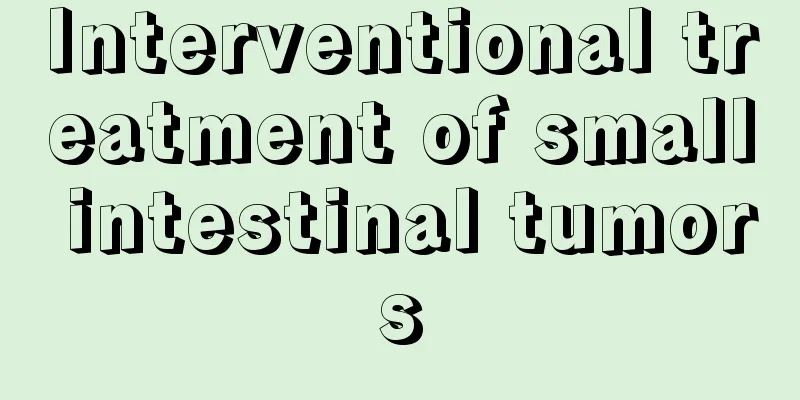How to treat jaundice?

|
New parents, did your baby develop jaundice before the age of one month? Don't be nervous or panic, neonatal jaundice is a common clinical problem. Jaundice in newborns is a very common condition. Generally, pediatric jaundice can be treated with light or medication. Daily sun exposure can also treat mild jaundice. Learn more about how to treat jaundice? 1. Do the appropriate inspection 1. Bilirubin test Bilirubin is an important indicator for the diagnosis of neonatal jaundice. Serum bilirubin concentration (TSB) can be measured by venous blood or micro-blood method. The transcutaneous bilirubin meter is a non-invasive test with easy operation. Once the transcutaneous bilirubin reaches a certain limit value, serum bilirubin needs to be tested. 2. Other auxiliary examinations Routine examinations of red blood cells, hemoglobin, reticulocytes, and nucleated red blood cells are required in neonatal jaundice. Blood type, including the blood type of the father, mother, and newborn (ABO and Rh systems), is very important, especially when hemolytic disease of the newborn is suspected. If necessary, further serum specific antibody testing can be performed to assist in diagnosis. Liver function test, etc. Second, the following methods are mainly used to treat neonatal jaundice clinically: 1. Light therapy Illumination is a simple and effective method to reduce serum unconjugated bilirubin. Place the newborn baby in a phototherapy box, protect both eyes with black eye masks to avoid damaging the retina, cover the perineum and anus with a diaper, and leave the rest of the body exposed. Use single-sided or double-sided light irradiation for 2-48 hours (generally not more than 4 days). Treatment can be stopped when bilirubin drops below 7 mg/dL. 2. Exchange blood therapy Exchange transfusion can effectively reduce bilirubin, replace sensitized red blood cells and alleviate anemia. However, blood transfusion requires certain conditions and may also produce some adverse reactions, so the indications should be strictly followed. 3. Drug treatment Give albumin, correct metabolic acidosis, liver enzyme inducers (eg, phenobarbital), and IV immune globulin. 4. Supportive treatment The main thing is to actively prevent and treat hypoxia, hypercapnia, cold injury, hunger, infection, and hyperosmotic drug infusion, prevent temporary opening of the blood-brain barrier, and prevent the occurrence of bilirubin encephalopathy. |
<<: How to make chili sauce without going bad
>>: What causes urinary occult blood disease
Recommend
What to do if you have dental plaque
Some of you may not know what dental plaque is. I...
How many days does chemotherapy for lung cancer usually last?
How many days does chemotherapy for lung cancer u...
The recurrence rate of cervical cancer after surgery for three years
Is the recurrence rate of cervical cancer high? C...
Dietary precautions after freckle removal
Many people have spots on their faces. Because sp...
What's wrong with high bilirubin aminotransferase
Bilirubin and transaminase are important indicato...
Often wear synthetic underwear to be careful of bladder cancer. How does bladder cancer occur?
If you want to understand how bladder cancer is c...
What does maxillofacial surgery look at
Maxillofacial surgery belongs to oral surgery in ...
How long can you live with stage II uterine cancer
How long can patients with uterine cancer live in...
Sudden swelling of lymph nodes, dietary therapy is particularly critical
There are many reasons for the sudden swelling of...
The difference between invisible braces and braces
There is definitely a huge difference between inv...
Is the recurrence rate of skin cancer high?
Skin cancer has a wide range of symptoms, such as...
How is melanoma screening performed?
Melanoma, also known as malignant melanoma, is a ...
What should I do if the esophageal cancer is diagnosed one month ago and the examination result is mid-term?
Esophageal cancer was found a month ago and the e...
How is pituitary gland fullness caused? What are the causes of pituitary gland fullness?
There are many reasons for the fullness of the pi...
How to heal liver damage
No matter which organ it is in our body, it is ve...









